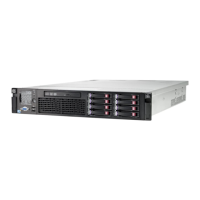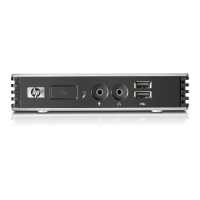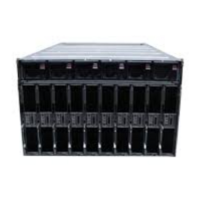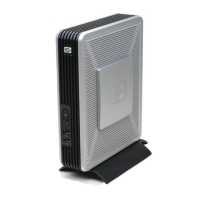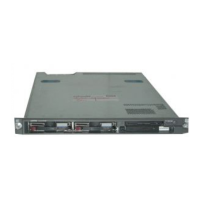• bcfg boot mv #a #b–Move the item number specified by #a to the position specified
by #b in the boot options list.
• bcfg boot add # file.EFI "Description"–Add a new boot option to the
position in the boot options list specified by #. The new boot option references file.EFI
and is listed with the title specified by Description.
For example, bcfg boot add 1 \EFI\HPUX\HPUX.EFI "HP-UX 11i v3" adds
an HP-UX 11i v3 item as the first.
For details, see the help bcfg command.
4. Exit the console and iLO MP interfaces.
To exit the system console and return to the iLO 3 MP Main Menu, press Ctrl–B. To exit the
MP, at the Main Menu, enter X.
HP-UX standard boot
Use either of the following procedures to boot HP-UX:
• “Booting HP-UX from the UEFI Boot Manager” (page 36)
• “Booting HP-UX from the UEFI Shell” (page 36)
Booting HP-UX from the UEFI Boot Manager
1. From the UEFI Boot Manager menu, choose an item from the boot options list to boot HP-UX.
2. Access the UEFI Boot Manager menu for the server on which you want to boot HP-UX.
3. Log in to iLO MP, and then to choose the system console, enter CO.
4. Confirm you are at the UEFI Front Page. If you are at another UEFI menu, then to exit the menu,
choose the Exit option or press X. Exit until you return to the screen that lists the keys that can
be pressed to launch various Managers. To launch the Boot Manager, press B.
5. At the UEFI Boot Manager menu, choose an item from the boot options list.
Each item in the boot options list references a specific boot device and provides a specific set
of boot options or arguments you use when booting the device.
6. To initiate booting using your chosen boot option, press Enter.
7. Exit the console and iLO MP interfaces.
8. To exit the system console and return to the MP Main Menu, press Ctrl–B. To exit the MP Main
Menu, enter X.
Booting HP-UX from the UEFI Shell
1. Access the UEFI Shell.
2. From the UEFI Front Page, press S to launch the UEFI shell.
3. Use the map command to list the file systems (fs0, fs1, and so on) that are known and have
been mapped.
4. To select a file system to use, enter the mapped name followed by a colon (:). For example,
to operate with the boot device that is mapped as fs0, at the UEFI Shell prompt, enter fs0:.
5. To launch the HPUX.EFI loader from the currently selected boot device, at the UEFI Shell
command prompt, enter HPUX.
If needed, specify the full path of loader by entering \EFI\HPUX\HPUX at the UEFI Shell
command prompt.
36 Operating system procedures
